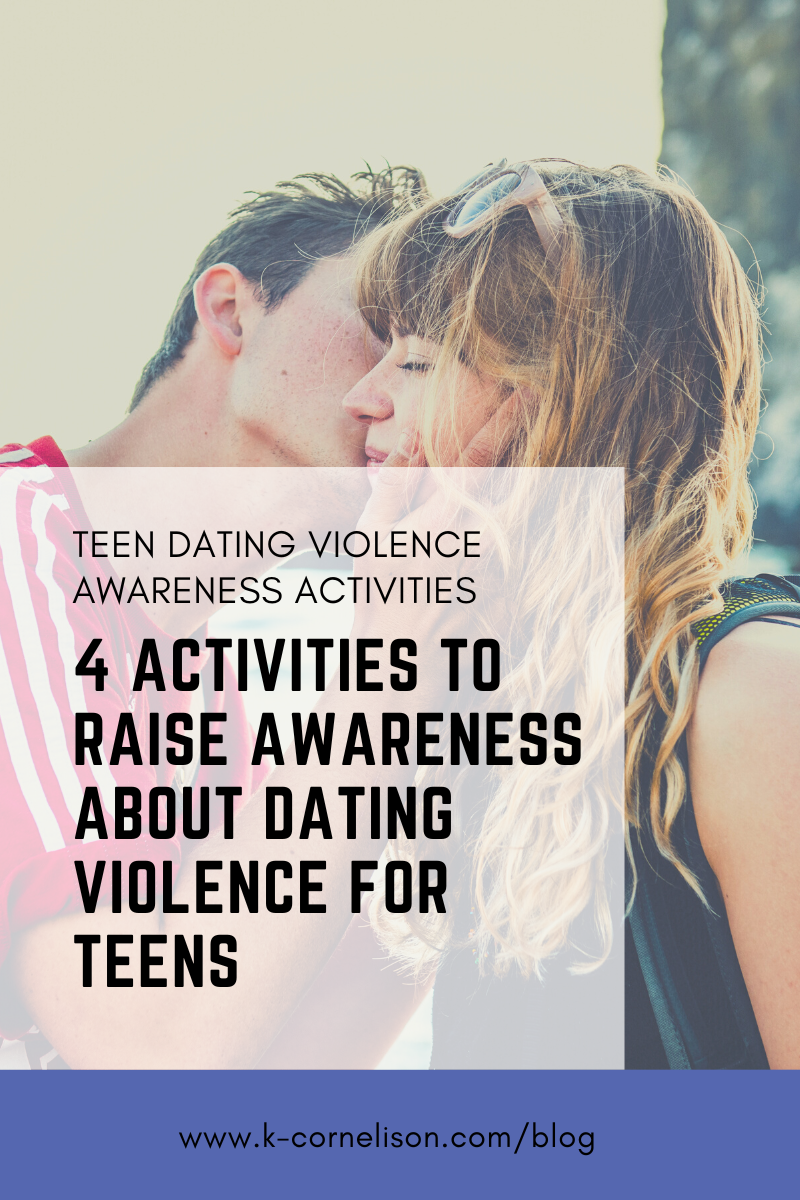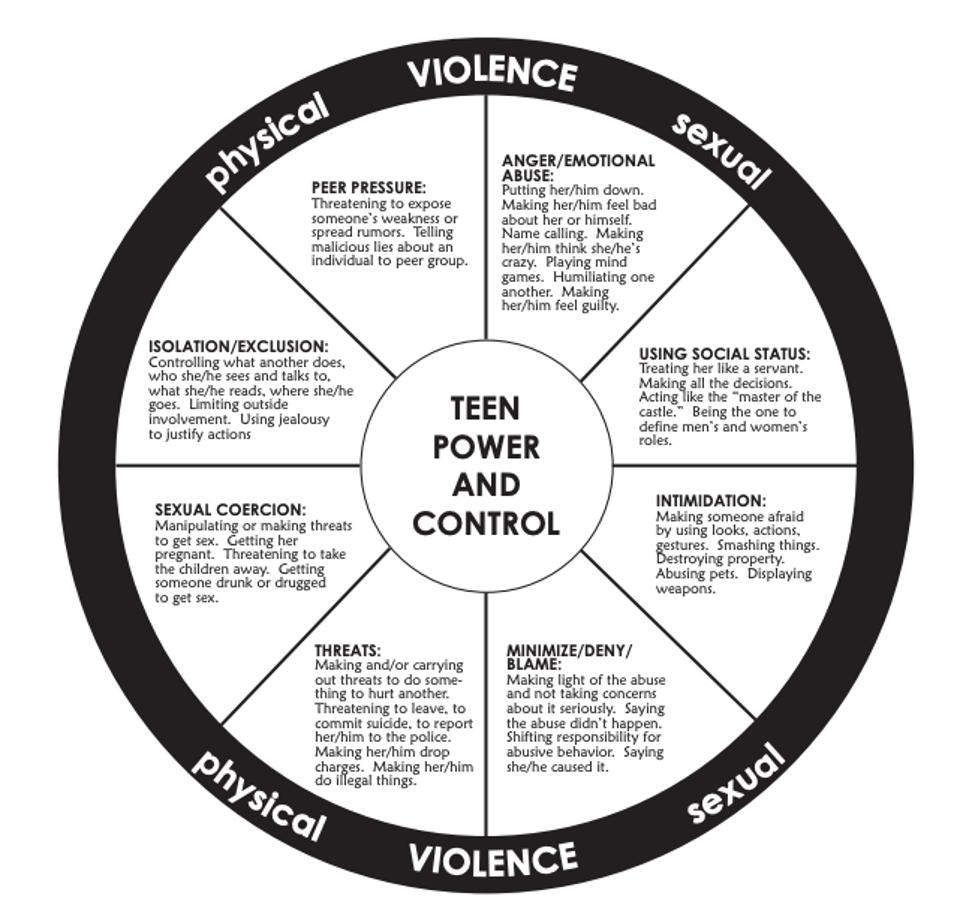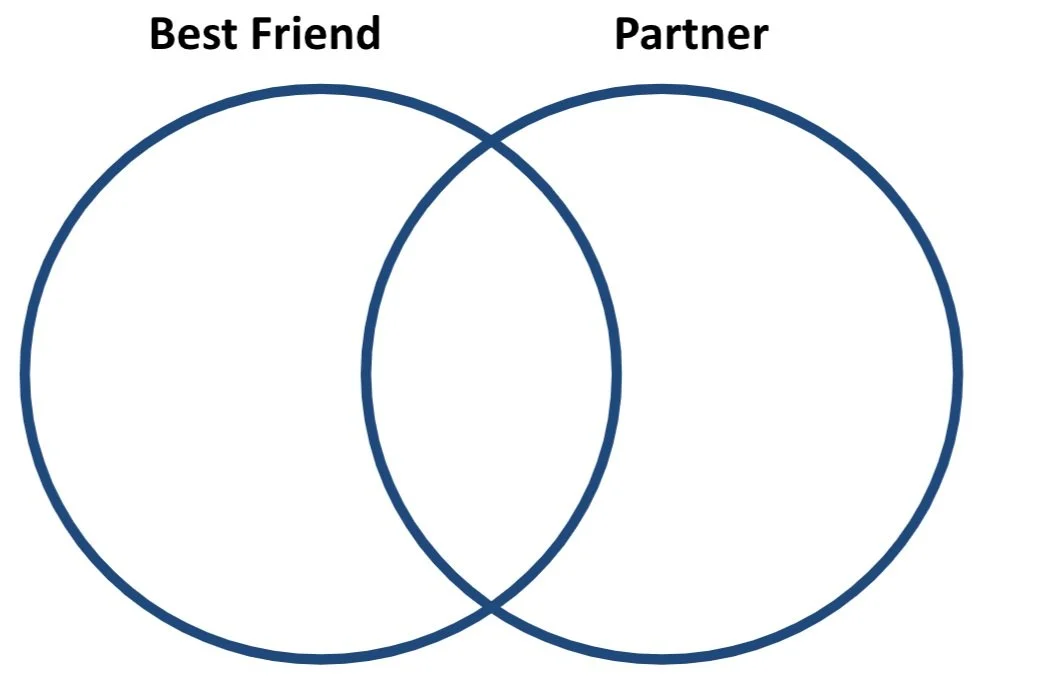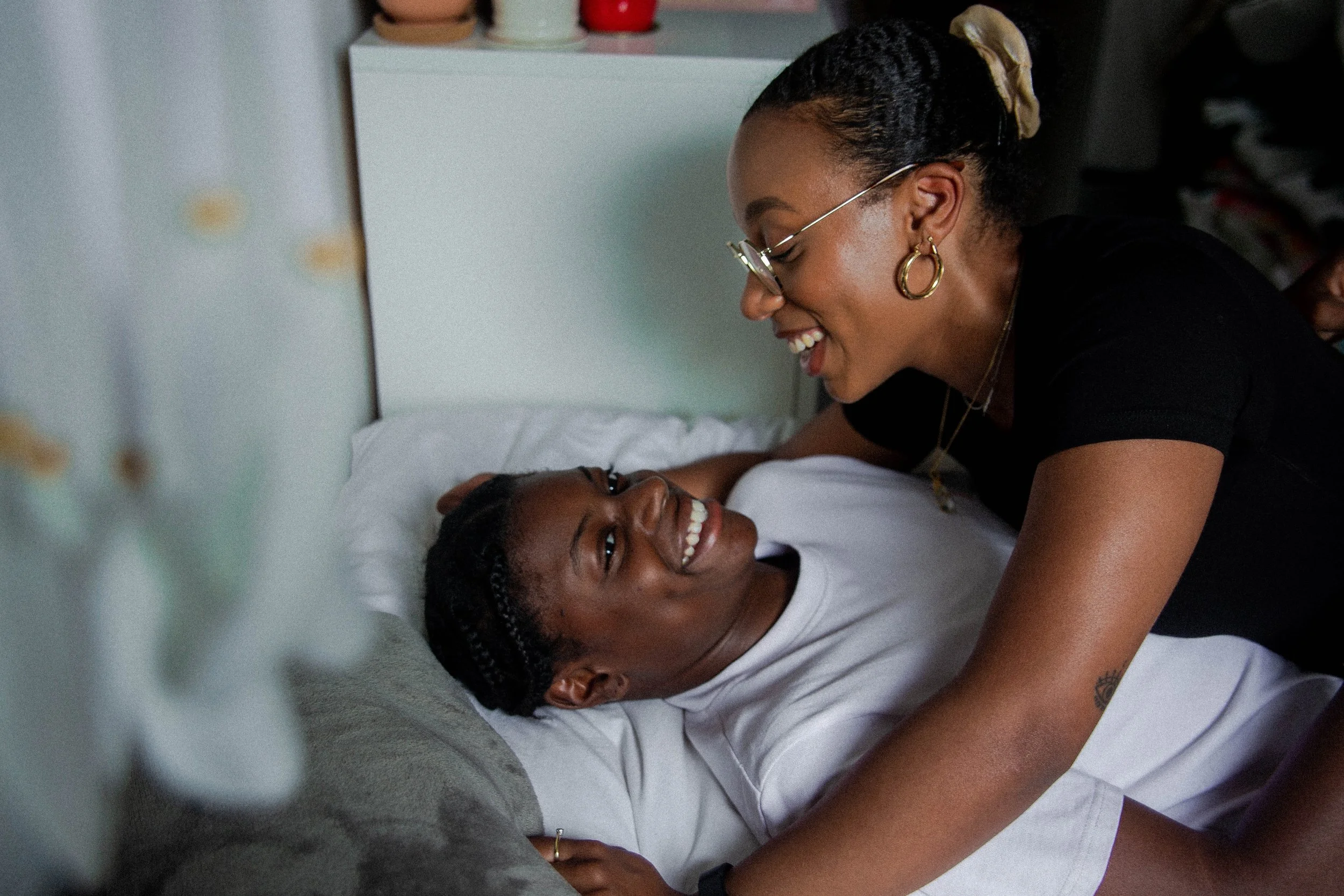Teen Dating Violence Awareness Activities
4 Activities to Raise Awareness about Dating Violence for Teens
Dating and romantic relationships are totally normal and developmentally appropriate for teens and young adults. One of the milestones of adolescent development is starting to separate from family of origin and develop more close relationships with peers such as friendships and/or dating relationships. As supportive adults, it’s important to validate the importance of those relationships and also to help young people navigate them in a healthy way. One way to do that is raising awareness about both the healthy AND unhealthy aspects of dating and relationships. Below I outline 4 different activities that can spark conversation about this topic. These activities are great for classroom settings as well as for therapy groups. Many of them can also be adapted for one-on-one.
What is Teen Dating Violence?
Before we dive into ways to raise awareness, it’s helpful to get on the same page about what teen dating violence is. Teen dating violence is a pattern of behaviors that are used to gain or maintain power and control over an adolescent dating partner. I like to emphasize that this is a pattern of behavior, not something that happens just once, not a misunderstanding, or miscommunication. Additionally, it is key to know that dating violence can take several forms. It can be physical, sexual, mental/emotional, financial or digital.
Setting the Stage to Raise Awareness for Teens
Dating violence can be a sensitive subject. Because the rates of dating violence are so high (one in three adolescents in the U.S. is a victim of physical, sexual, emotional or verbal abuse from a dating partner), it’s vital to approach the topic carefully and assume that you have survivors in the room. Facilitating the activities below can bring up emotions and unexpected disclosures so be prepared for both. Have local and national referrals on hand and be clear about your duties about mandated reporting before you begin the conversation. Make sure teens in your audience know who they can go to and what you would need to share with others if they disclose abuse to you. Finally, be mindful of avoiding stereotypes and be inclusive during your discussions. Dating violence is not something that is solely perpetrated by boys and experienced by girls. Young people in same-sex and gender-nonconforming relationships can also experience dating violence (and there are additional barriers to seeking help for LGBTQ+ youth as well as for boys who are survivors).
Interactive Activities to Raise Awareness about Dating Violence for Teens
1. Healthy, Unhealthy, Abusive Continuum
Activity overview: Create a continuum that ranges from healthy on one side, unhealthy in the middle, and abusive on the other side. Then create a bunch of post it notes or note cards that all describe different types of dating behavior. Include a range of behaviors and things that are a little vague (for example: time apart, jealousy, texting your partner 50 times a day, etc). Have participants place the behaviors where they think they fall on the continuum from healthy to abusive. Be sure to debrief when you’re done. Bring up different options for how certain behaviors could fall different places on the continuum based on the context. For example, young people may put jealousy in the unhealthy category but you could challenge that by asking, “Can jealousy ever be managed in a healthy way in a relationship? What would that look like?”
Purpose and Takeaways: The purpose of this activity is to help young people understand how different behaviors can be healthy, unhealthy, or abusive based on the context of the relationship and situation. As a facilitator you can help them identify unhealthy and abusive relationship red flags and you get a sense of the group/community’s sense of relationship expectations.
2. Best Friend/Partner Venn Diagram
Activity overview: This activity can be done either individually as a worksheet or in large or small groups. Create a Venn Diagram with one circle labeled “Best Friend” and one circle labeled “Partner”. Be sure to explain the concept of a venn diagram if participants aren’t familiar with it. Have participants fill in the overlapping section first - what qualities they would want in both a partner and a best friend and then fill in the separate parts of the circles next.
Purpose and Takeaways: As they complete this activity participants usually realize that there are more qualities in the overlapping part of the diagram than in the two individual sections. This helps young people think not only about the qualities that are important to them in a dating partner but also how those qualities intersect with what they look for in a friend. It can also help them identify red flags and warning signs of dating partners who don’t live up to those expectations.
3. Love versus Jealousy
Activity Overview: Start with creating a column for Love. Ask participants questions like, “How does love make you feel? How can people tell they’re in love? What are the other emotions that come up when you experience love? How does someone treat you when they love you?” As they respond, write down key words and phrases you hear. Then create a second column for Jealousy. Ask participants, “How does jealousy make you feel? What are the other emotions that come up when you experience jealousy? How does someone act when they’re jealous?” Then compare the two lists - ask the participants to point out what they notice. You can also repeat this process with love and attraction or any other concepts you want to compare and contrast.
Purpose and Takeaways: Simple, yet effective, this activity can bring up a lot of beliefs young people have seen in their families, their friends, and in the media. A lot of folks believe that you can’t have love without jealousy and this activity aims to dismantle that a bit. You can carry on the conversation to discuss how jealousy is an emotion which is totally fine to have but it’s how we manage these emotions with people we care about that matters.
4. Relationship Expectations
Activity Overview: Provide participants with a variety of sentence stems related to dating and relationships. Have participants complete the sentence stems on their own and then discuss them as a large group. Here are some example sentence stems:
They must be…
It’s a deal breaker if they…
In a relationship, I need…
I value… and it’s important to me that they value…
Questions I would like to ask before starting a relationship include…
Here’s how they could expect me to treat them…
Purpose and Takeaways: The activity gets participants thinking about what they’re looking for in a relationship and what their deal breakers are. Taking a step back and thinking about these questions without thinking about a specific relationship helps participants be more objective and allows them to think more rationally and less emotionally about what a healthy relationship could look like for them. Debriefing as a larger group also allows you as the facilitator to point out anything that’s a reg flag or that you see as potentially unhealthy or abusive.
Each of these activities is one piece of a larger prevention education plan. Interested in learning more about building a robust Teen Dating Violence Prevention plan or looking for professional development for your school, non-profit, or healthcare setting about teen dating violence? Contact me for more information on training or consulting.




